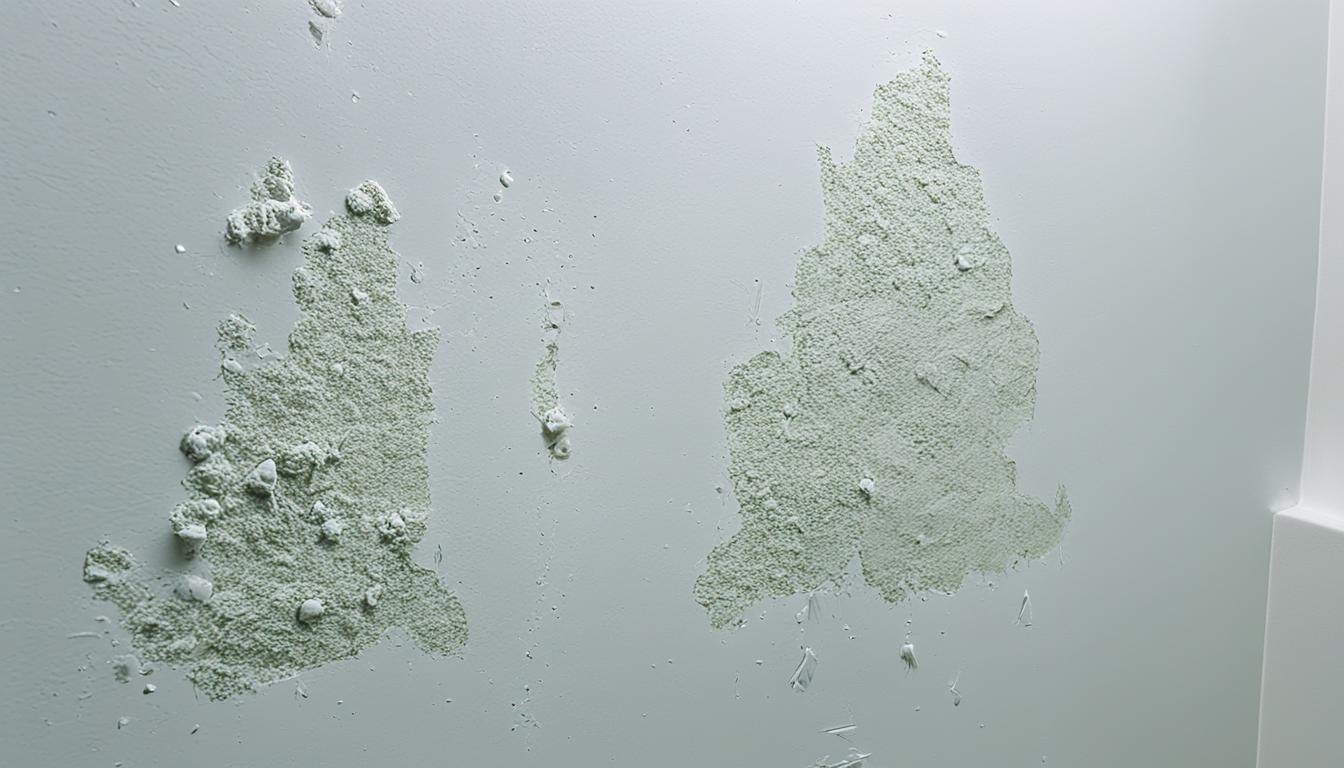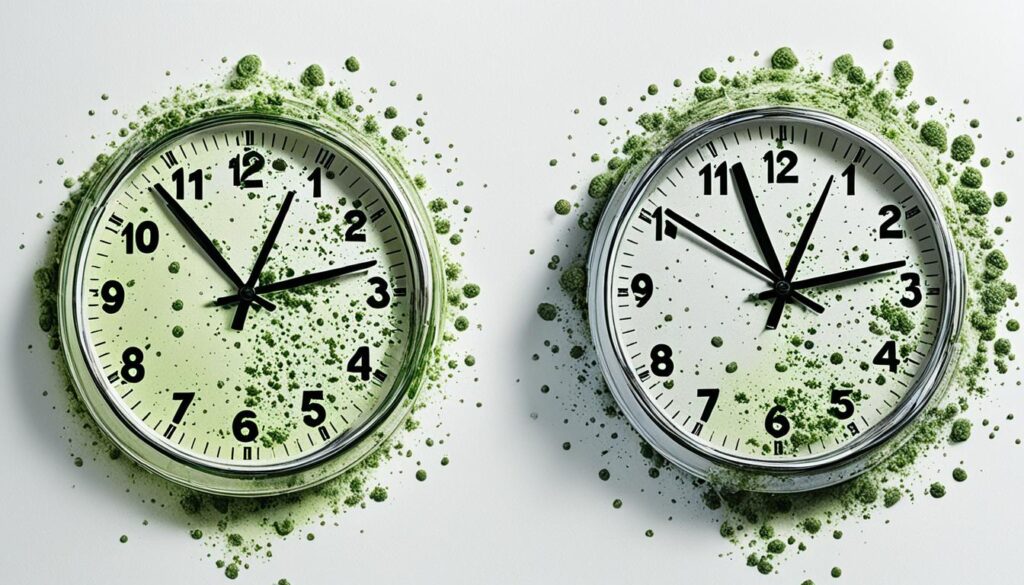
Mold Resistant Drywall: Your Solution for Humid Areas
Humid areas can be a breeding ground for mold growth, posing a threat to your property and health. If you live in a region with high humidity levels, it’s crucial to take proactive measures to prevent mold infestation. One effective solution is the use of mold-resistant drywall.
Mold-resistant drywall is specifically designed to withstand moisture and inhibit the growth of mold and mildew. It contains additives that make it resistant to water absorption, preventing the ideal conditions for mold to thrive. By installing mold-resistant drywall in humid areas, you can significantly reduce the risk of mold growth and protect your property from damage.
Key Takeaways:
- Mold-resistant drywall is a reliable solution for humid areas.
- It is designed to resist moisture and prevent mold growth.
- Installing mold-resistant drywall can protect your property and improve indoor air quality.
- Proactive measures are essential to prevent mold infestation in humid environments.
- Contact Fix Mold Miami at 305-465-6653 for professional assistance with mold prevention and remediation.
How Long Does It Take for Mold to Grow?
Wondering how long it takes for mold to grow in your home or business? Understanding the timeline for mold growth is essential to prevent infestations and protect your property. Several factors contribute to mold growth, including:
- Moisture: Mold requires a moist environment to grow. If there is excess humidity, water leaks, or condensation in your property, it provides a conducive environment for mold to thrive.
- Temperature: Mold grows best in temperatures between 77°F and 86°F (25°C and 30°C). However, it can still grow at lower or higher temperatures, albeit at a slower rate.
- Organic Material: Mold needs organic materials to feed on, such as wood, paper, fabric, and drywall, to survive and grow. These materials provide a food source for mold spores.
- Airflow: Limited airflow hampers drying and creates stagnant areas where mold can proliferate. Poor ventilation can contribute to moisture buildup and mold growth.
Once the ideal conditions for mold growth are present, it can start to develop within 24 to 48 hours. However, the exact timeline for mold growth varies depending on the specific circumstances. In some cases, mold can become visible within a few days, while in others, it may take weeks or even months.
“Mold thrives in moisture-rich environments, which makes it crucial to address any moisture issues promptly. By understanding the factors that contribute to mold growth, you can take proactive measures to prevent infestations and protect your property.”

The Stages of Mold Growth
Mold growth typically occurs in three stages:
- Colonization: Mold spores settle on organic materials and begin to grow roots, known as hyphae. At this stage, it may be difficult to detect mold growth as it usually occurs beneath the surface.
- Growth: Once the mold spores have established their roots, they begin to multiply and spread. Mold colonies become visible, often appearing as discolored patches or fuzzy growth on surfaces.
- Spreading and Decomposition: Mold continues to spread, releasing more spores into the air. At this stage, mold can cause structural damage to materials and pose health risks to occupants.
It’s important to note that mold growth can pose significant health risks, including allergies, respiratory issues, and even infections in some cases. If you suspect mold growth in your property, it’s advisable to seek professional mold remediation services to assess and address the problem effectively.
Conclusion
Mold-resistant drywall is a game-changer when it comes to combating mold growth in humid areas. By opting for this innovative product, you can safeguard your property against the damaging effects of mold and improve the overall indoor air quality.
Investing in mold-resistant drywall is a proactive step towards creating a healthier living environment. With its specially formulated design, this type of drywall inhibits the growth of mold and mildew, reducing the risk of structural damage and potential health hazards.
If you’re located in Florida and require professional assistance with mold assessments, prevention, or remediation, Fix Mold Miami is here to help. You can rely on their expert team by contacting them at 305-465-6653. Take control of mold and ensure a mold-free environment today with their reliable service.




